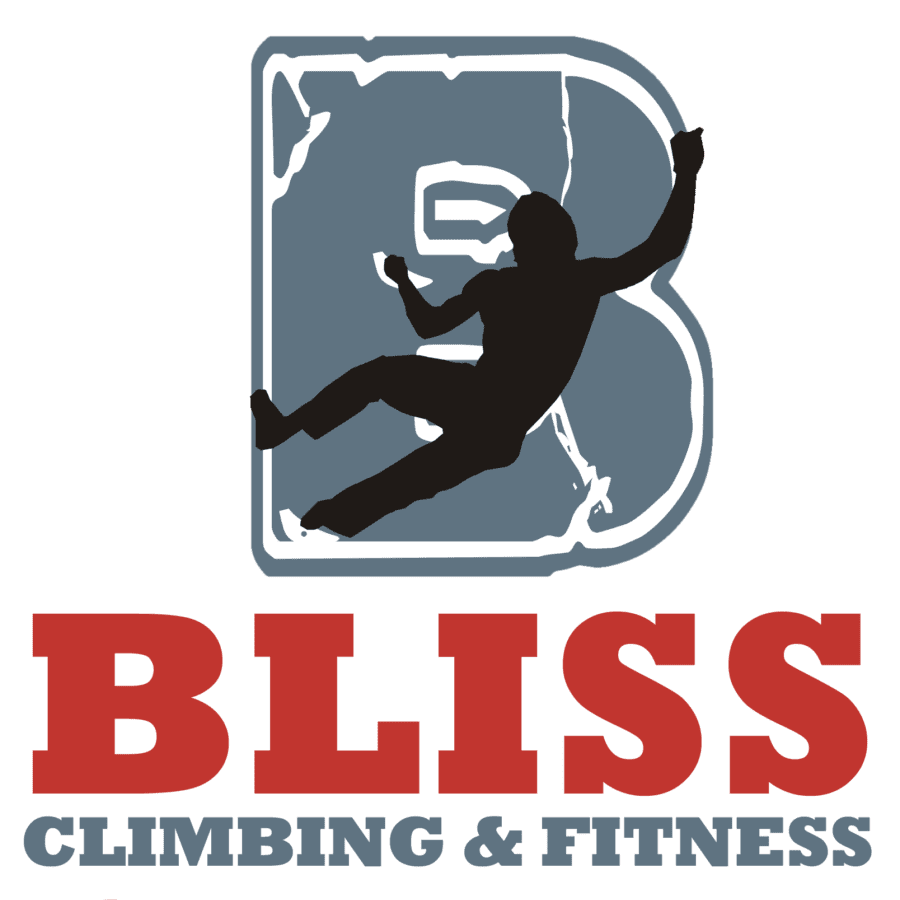
Injury prevention is one of those things we tend to look past until we wind up hurt. Regardless if you are training for a big event, training to climb one grade higher, climbing for fitness or simply climbing for the fun of it, it’s always best to remember to take care of your body! Given the extreme load that we climbers place on our bodies, injuries are likely to happen; but with restraint and discipline, much can be done to prevent them. From the words of Benjamin Franklin “An ounce of prevention is worth a pound of cure.”
There are several ways to encourage the healing of micro-trauma between workouts. Eliminating inactive joint stress, stretching, massage, and icing are all great ways to prevent injury.
Inactive joint stress occurs as arms, legs and/or fingers are placed in stressful orientations when they are not being used. This is not something most of us would think about, but certain sleep positions can create strain on our already stressed out joints. Sleeping positions such as sleeping on top of your bent arms will place unnecessary stress on the elbows or sleeping on your side places strain on the rotator cuff of the bottom shoulder. Poor posture is harmful for the back muscles and spinal column; clenching fingers, and crossing your legs for a long period of time can also cause problems. Basically, remember to stand up and stretch when sitting for long periods of time, have good posture and sleep on your back to avoid added stress to your joints.
Many injuries can be attributed to muscle/strength imbalance. A tight muscle creates constant stress on the points the muscle tendons attach to the bones. Remember to stretch after every climbing session! Fore-arm stretches, finger stretches and shoulder stretches are crucial for climbers. Stretching on off days or participating in yoga will significantly increase your range of motion and serve you well on your climbing days. To generate enough force to optimize training you will need a good range of movement from your muscles. A rotated hip for instance, can cause unbalanced tension in your lower back and any heavy loading thereafter can end in tears. This is why it is crucial to do dynamic stretches at the beginning of your climbing session and static stretches at the end and to stay flexible.
Massaging your muscles increase muscle flexibility and promotes blood flow to the affected muscles. Massaging your forearm flexors and extensors for 10-20 minutes within a few hours of any training session or climbing day will help keep your muscles loose and less likely for injury. Icing will help to reduce inflammation and is a great aid in recovery from micro-trauma of everyday training. Ice the elbows by submerging the entire forearm in an ice water bath for 10 minutes after any hard session.
Icing should be done after you have cooled down, stretched and rested for about an hour or so after your exercise.
To your health and fitness,
Alisha

